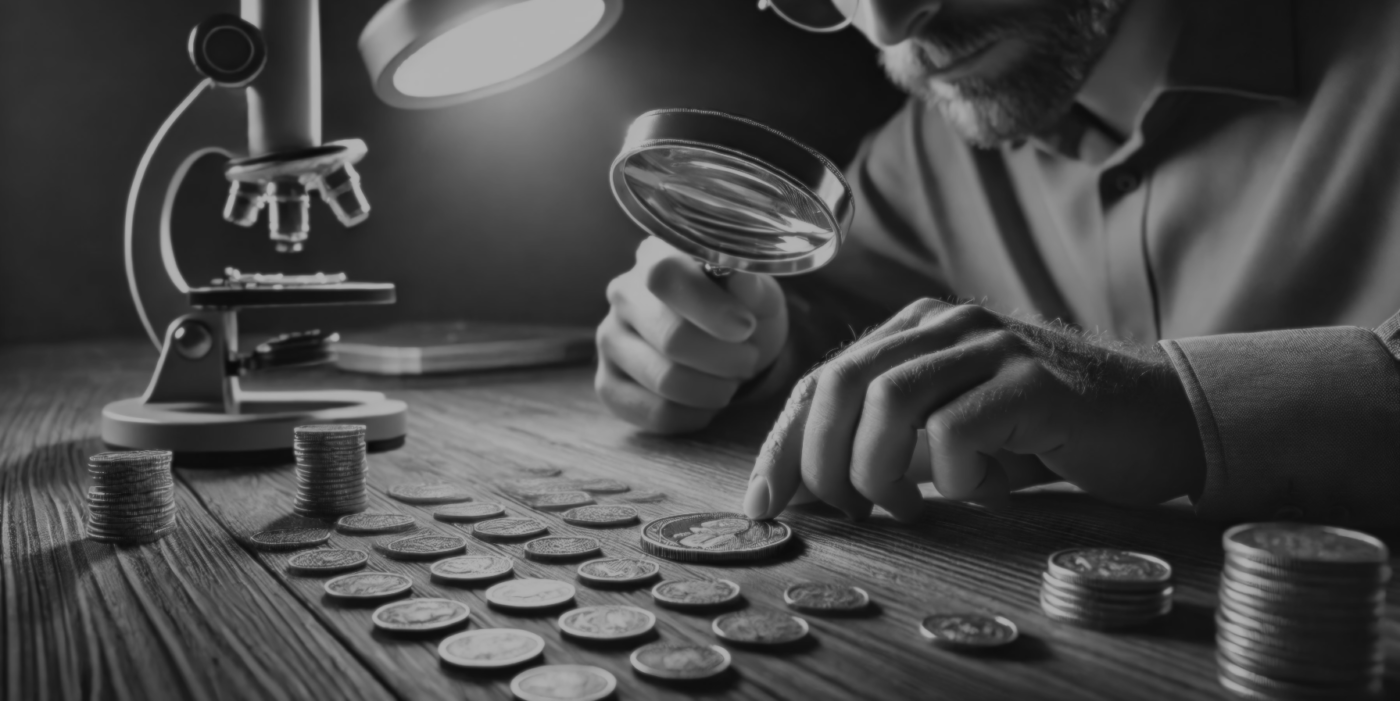The Role of Coins in Ancient Economies
💰 Coins have been a cornerstone of human economies for millennia, serving as a means of exchange, a store of value, and a tool of statecraft. In ancient times, coins were not just currency; they were symbols of power, wealth, and political authority, playing a vital role in the economic and social fabric of civilizations.
1. The Advent of Coinage in the Ancient World
🏺 The first use of coins as currency began in the ancient kingdom of Lydia around the 7th century BCE. These early coins made from electrum allowed for a standardized and reliable medium of exchange, facilitating trade and commerce. The concept quickly spread to neighboring regions, including Greece and Persia, where coins became central to economic life. Greek city-states, such as Athens, produced their own distinctive coins, which were widely accepted and recognized for their silver content and consistent weight.
2. Coins as Tools of Statecraft and Propaganda
👑 In addition to their economic function, coins served as a powerful propaganda tool. Rulers used coins to disseminate their image and authority, often featuring their portraits or symbols of their reign. For example, Alexander the Great’s coins depicted him as a god-like figure, reinforcing his divine right to rule. Similarly, Roman emperors used coinage to broadcast their achievements, military victories, and divine status to the far reaches of the empire.
3. Coins in Trade and Commerce
⚖️ Coins revolutionized trade by providing a portable and divisible form of money that was easier to use than barter or bulk goods like grain or livestock. They enabled more complex trade networks, allowing merchants to conduct transactions across vast distances. The stability and recognition of coinage from powerful states like Rome or Persia also facilitated international trade, as these coins were widely trusted for their metal content and authenticity.
4. Economic Stability and Coinage
📉 Coins also played a crucial role in stabilizing ancient economies. By controlling the production and distribution of coins, governments could regulate the money supply, collect taxes, and fund public works or military campaigns. However, debasement—reducing the precious metal content of coins—often led to economic instability and inflation, as seen in the later Roman Empire. Such practices eroded public confidence in currency, demonstrating the delicate balance between monetary policy and economic health.
5. Coins as Collectibles and Artifacts
🧭 Today, ancient coins are treasured not only as historical artifacts but also as collectibles that offer insight into the economic, political, and cultural life of past civilizations. Collectors value them for their craftsmanship, rarity, and the stories they tell about ancient economies. Each coin is a link to the past, providing a tangible connection to the people and events that shaped history.
Disclaimer: The information provided in this blog post is for educational purposes only and does not constitute financial or investment advice. Collecting ancient coins involves risks, including authenticity and market volatility. Always conduct thorough research and consult with experts before making any purchasing decisions.

